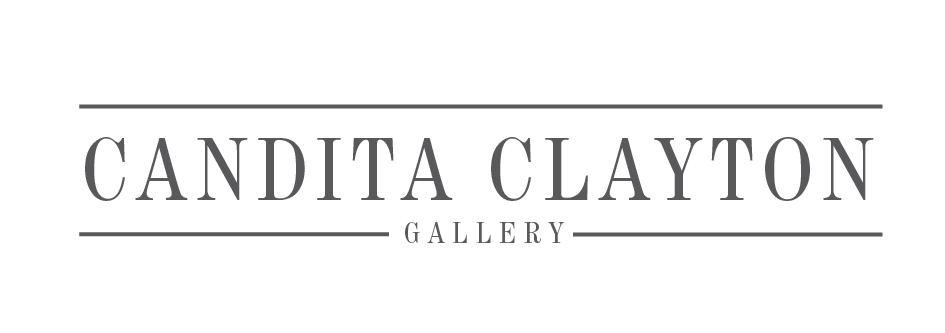peter roux
artist statement
Although my work sometimes employs landscape as a subject, I'm primarily interested in distance and edge. All art-making involves creating space-deep, shallow, flat, etc. The development of any particular space in a painting sets up distances: between viewer and subject, as well as between formal elements and information points within the subject. Landscape imagery often employs deep space to guide the eye; I'm interested in exploring this type of depth, not as an exercise in identifying specific places, but instead as a way to create environments that move deeply back and forth. I'm also interested in shallow, flatter space as well; this involves far shorter distances between viewer and subject, often focusing primarily on or just below a painting's surface, as in the abstract work, here, memory and experience (translated through form and content) speak to the viewer more intimately.
Edges, the connective touch-points between form and form, as well as form and space, are where relationships occur. As art is about relationships, edges play a critical role in the art object. In both my representational work and the abstracts, edges become an integral element in the dynamic, indicating starts, stops, and rhythms, as well as the expansion and contraction of forms against each other. In landscape work, edges are often blurred and less distinct, and forms blend toward and into each other, sometimes suggesting movement. In the abstract panes, initially, a visual response to a trip to Tuscany (and the sensory experience of the place) edges form the basis, or jumping point, for the work, which is driven by the surface. I then get caught up in the vocabulary of the abstract forms and spaces and find myself once again exploring the dynamics of edge.

